I dropped my skis on the ground and scraped the tiny bit of snow that had accumulated on the bottom of my boots off on the brand new bindings I’d had installed on my Kastle (pronounced Kest-lee) twin tips. For ski gear aficionados, no I can’t ski backwards wel at all and the only time I do ski backwards is when I spin out of control and happen to have my tails pointing down the hill. Nor am I a trickster. I have twin tips because my dad wanted new skis a little more than ten years ago and since we were close in size at the time, his Kastles became my primary skis. I did however recently replace the bindings since there was a bolt missing on one of the bindings and the last time I wore these skis I got the entire USA Paratriathlon Team banned from skiing for nearly three years. So I figured at the very least new bindings would erase some of the bad luck. (I’m not superstitious, but I may be a little sticious.)
Flashback: Snowmass, Colorado
It was early December, 2018. After an extraordinarily dry summer which resulted in massive wild fires (one of which, the Lake Christine Fire, forced ours and many other families to evacuate) the winter was looking promising with some fresh snowfall. One of dad’s business associates was in town with his family and they were all learning to ski. With a fresh dusting of about three inches of powder and me slated to move to the Olympic and Paralympic Training Center in a month, Dad and I decided we should get out and rip up the slopes a bit. We didn’t plan to ski hard and planned to avoid high traffic areas.
We skied some great classic blue/black runs on the mountain where I cut my teeth as a skier, Snowmass. We ripped down Dallas Freeway, Wine Skin, Naked Lady, Mixed Gully and many others. As we approached the second half of the ski day we were skiing along a road connecting one part of the mountain to another. It was an area known as “Lunch Line.” There were some steep drops on either side and we were probably moving just a touch faster than we should have been. As I tipped my skis up on edge a darn snow snake snagged my inside edge. (Snow snake is a joking term we use for “catching an edge.” It shifts the blame off of us for poor skiing technique and to some imaginary creature that causes us to fall.) This catching of my inside edge cause my tips to cross. As I tried to uncross my tips, the tails of my skis rode over the tips of my dad’s skis and this effectively catapulted me into the air and over the edge of Lunch Line and plummeting down a steep cliff.
I remember being surprisingly calm. I recall what my friend Eric Alexander said when he fell over 150 ft down a cliffside on Ama Dablam. He told me “you don’t really think when you’re falling.” Fortunately I had the presence of mind to remain fairly relaxed and I was able to get my feet pointing down the hill and the one ski that I still had up on edge. I dug the edge of my ski in, and used my hands to dig into the slope sliding to a stop just before slamming into a tree. Fortunately I didn’t actually hit the tree but came up a few feet short. My right ski had popped off and was lodged in the snow up above me. Dad had also gone over the edge but had arrested his fall sooner.
I was shaken but overall felt ok. My left knee felt as though I’d banged it hard off of something but all in all I felt fine.
I popped my left ski off and clambered up the extremely steep slope to the flat part at the top. In all I’d probably fallen close to 40 ft. I stood and dad and I assessed ourselves. Neither of us had banged our heads. I could bend and flex all my joints and apart from a racing heart and what felt like a bruised knee I seemed ok. So we put our skis back on and continued skiing, even more cautiously than we had before.
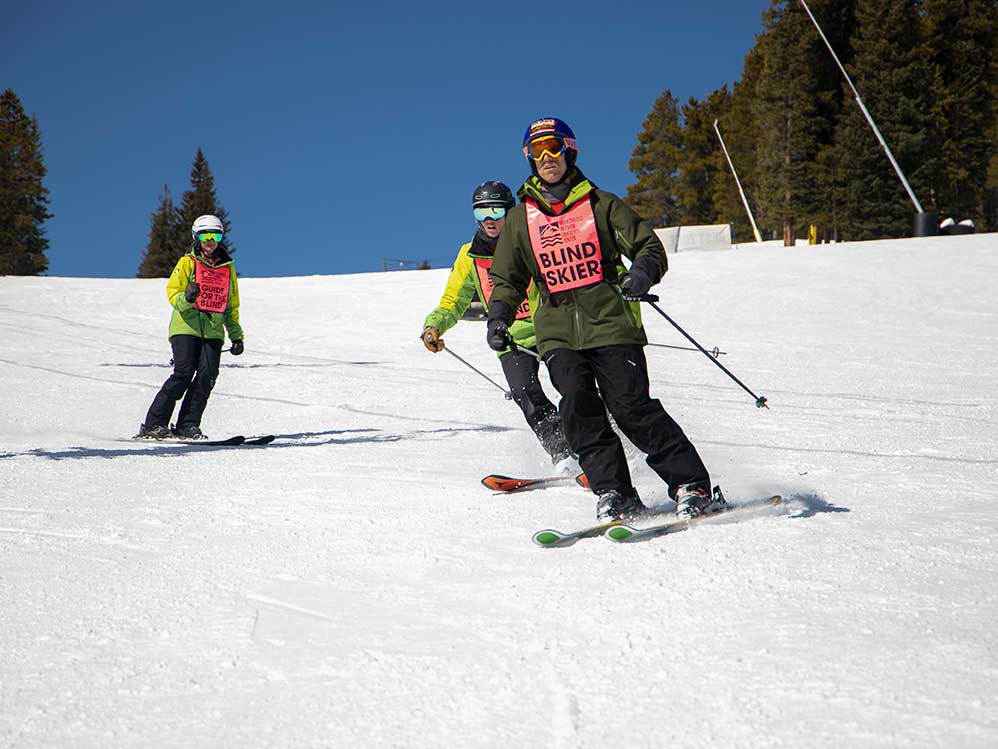
Kyle Coon skis with BOEC guide Lydia North and Volunteer Abbey Dobrota
We skied down to the base and rode up the chair lift with dad’s colleague and his family to do one last lap with them on nice easy beginner terrain. As we took off from the top of the lift my left knee felt a little more hurt than I previously thought. I also thought my leg felt a little cold. “That’s strange,” I thought. We stopped when someone we were skiing with took a little tumble. Knowing we had time I took my right glove off and reached over to massage my left knee. I encountered a small hole in my ski pants. Weird, we hadn’t noticed that before. My fingers went into the hole and I felt something sticky. I pulled my hand out of the sticky hole and sniffed my fingers which smelled metallic. And as calmly as I could I said to Dad, “Dad, I think I’m bleeding.” Dad seemed confused. He unzipped the leg of my ski pants, took one look and immediately said, “We gotta get going.”
We took off and skied down toward the Snowmass clinic. We came across a ski patroller on a snowmobile and he graciously gave me a lift down to the clinic.
I had about a two inch gash on the inside of my left knee which required 14 stitches. Maybe it was the loss of blood, or maybe I’m just a weird person, or maybe I was so relieved that it wasn’t worse, but I couldn’t help but just laugh and joke with the doctors and nurses that were stitching me up. “So doc, I can run a 10k this weekend right?”
When dad and I got home we both poured ourselves an extra strong bourbon. A month later dad dropped me off at the Olympic and Paralympic Training Center and when our High Performance Manager learned why I had a giant scar across my left knee one of the things that made it onto the list of banned (aka dangerous activities to be avoided) was downhill skiing. Sorry everyone.
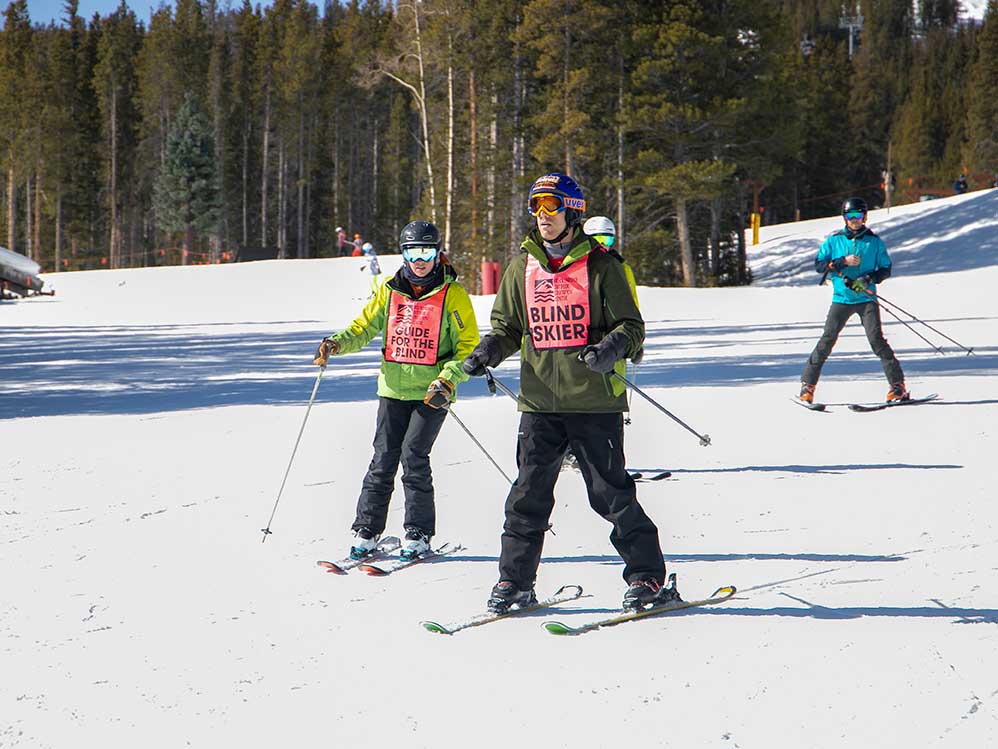
Kyle and Lydia feel each other out.
Back to 2022
The USA Triathlon ban on downhill skiing seemed to have been lifted, or at least there was considerable looking the other way. Or maybe people were beginning to realize that high performance sport and disability come with a certain amount of risk no matter the activity. You can’t wrap athletes in bubble wrap. Also, for many of us who live in Colorado adventure sport is our release and allows us to mentally recharge and refresh. Maybe it was our constant pestering, but Derick started mentioning some time in January or February that we should do a team ski day and began asking me how difficult it was to find ski guides, and how difficult it was to guide while skiing.
For all the difficulty people have finding incredible running and triathlon guides, I could potentially make the argument that finding top notch ski guides is even harder. Don’t believe me? Anyone know how many totally blind male athletes competed in downhill skiing at the 2022 Paralympic Games?… The answer… 1. There are a myriad of theories I could throw out for this, but that’s for a different day.
Melissa and Hailey already had Epic Passes for the 2022 ski season and Breck was only about a two hour drive away. We also knew that Breck had a highly reputable adaptive ski program. So Derick reached out to the Breckenridge Outdoor Education center Adaptive Ski & Snowboard Program and inquired about us all coming up for a little team ski day. It was a little short notice for Breck to find a ski guide and blocker/traffic controller (someone who skis around the blind athlete and the guide to ensure no one cuts them off or endangers the skiers). So Derick, Melissa, Hailey and Owen all headed up to Breck to get a day on the slopes and I hung back at the training Center. Derick kept on the BOEC however and they were able to line up a guide and blocker for me for late March. Finally, I could ski.
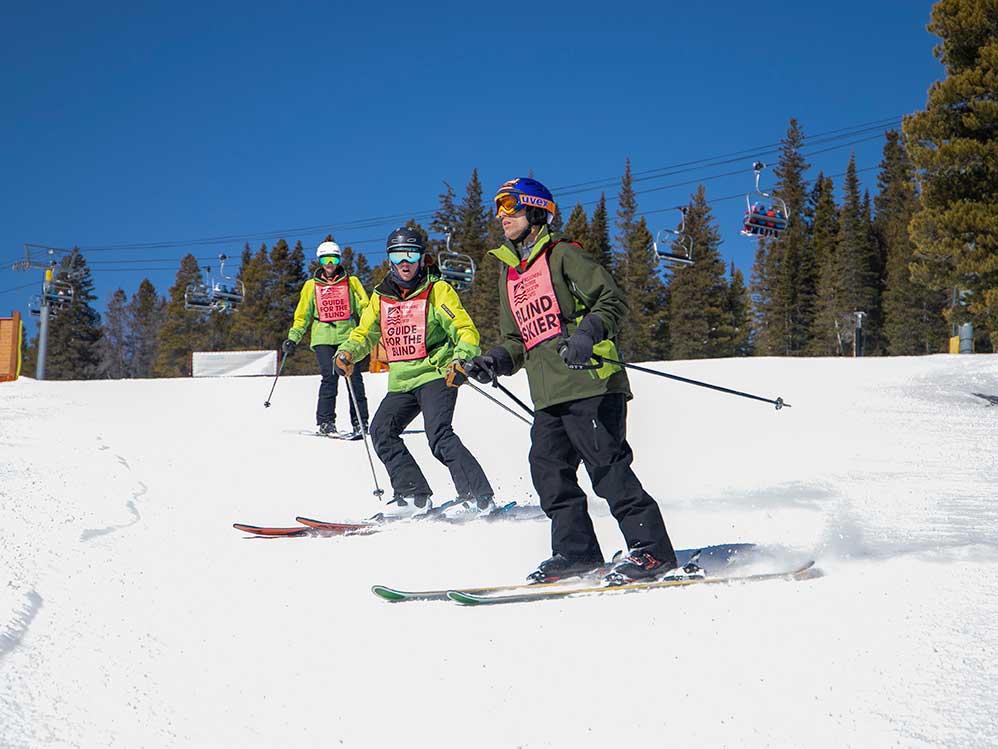
Kyle navigates a turn.
A Day At Breck
We loaded up our USA Triathlon van with skis, boots and poles, and humans of course. Kendall had returned from Beijing with a Gold, Silver and Bronze to add to her collection. However, despite her nordic prowess she had never tried out downhill as a bucket skier. Then there was Hailey, Owen, Derick and me. Melissa was in Mexico enjoying spring break with her family.
We made the two hour drive to Breck waxing poetically about certain topics and just as quickly flitting from one topic of conversation to the next. (Seriously, sometimes I think we should have some cameras follow us and there should be a USA Paratriathlon Resident Team reality show.)
The BOEC graciously offered us a parking space in their parking garage which shortened our walk to the BOEC offices where we signed our life away acknowledging that yes skiing is dangerous and so on and so forth. Then we started kitting up and I discussed guiding techniques, preferences and strategies with my guide for the day, Lydia.
There are two primary ways to guide a blind skier. In competition skiers are required to be guided from the front. However, in most recreational settings guides are taught to guide from behind. The thought is that the guide can then keep an eye on the entire slope and the blind skier. In general this works fairly well, especially if you don’t intend to ski fast or extremely difficult terrain. Lydia had guided from the front before, which is my preference, however, I’d been guided from behind plenty and decided that for safety and comfort sake I could easily ski being guided from behind. We then had to establish verbal command structure. When you’re traveling at high speeds the words and commands you use matter. The faster you go and the more difficult the terrain the less time you have to make a call. Therefore you have to be on point with the calls you make. As with most things in my life I stick to the KISS principle—keep it stupid simple.
My ski instructor, Rob Leavitt, had developed a serious of extremely basic commands and word patterns over his 30+ years of instructing blind skiers and it’s one I’ve used since I started skiing in 2004. It works like this…
The guide names the direction of the turn “Left.” This lets the skier know that the next turn is going to be to the left. It also acts as a cue for the skier to flatten the ski to set up for the actual next command. The guide says “Turn.” This is the actual act of tipping the skis up on their edges and allowing the ski to ride around. There also might be some steering depending on the steepness of the terrain. If the guide needs the athlete to do a little more steering they can say “Harder” to indicate this. Then the guide again goes into the “right [brief pause] turn.”
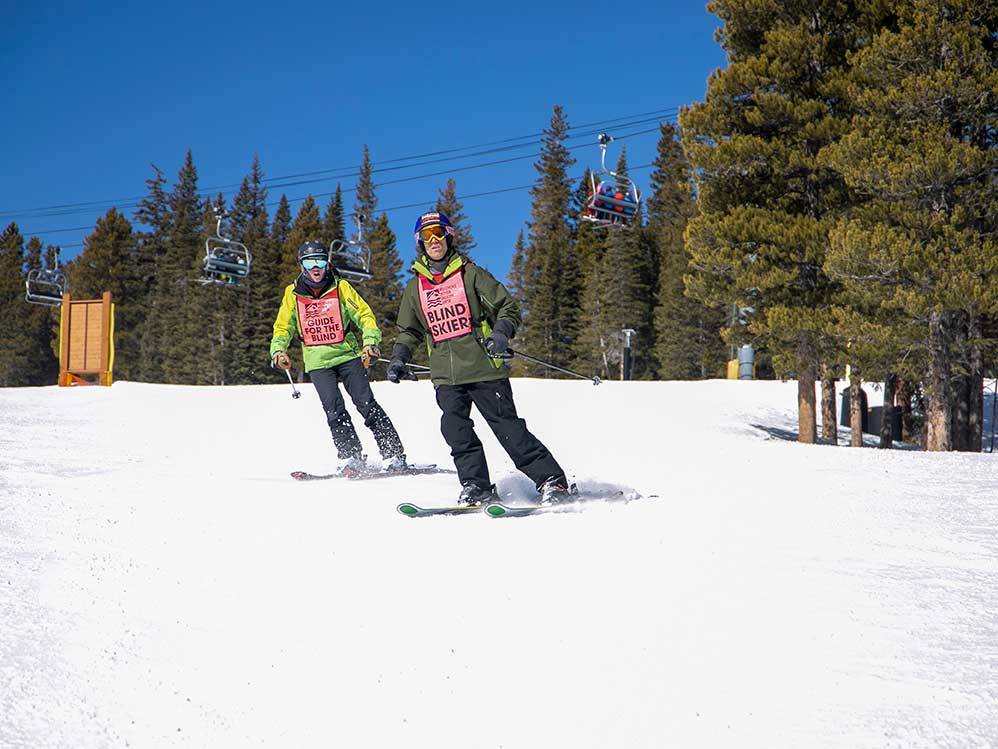
Lydia barks out commands to Kyle.
If you’re skiing slowly and just need to make super easy turns where you’re just tipping your skis to either edge the guide just says “easy left. Easy right” etc. If the guide wants the athlete to continue going in the direction they’re going they say “Hold.” Quite often people call this going straight. News flash, straight doesn’t mean much to those of us that can’t see anything. So I prefer “Hold” meaning, “hold that line.”
The next series of ski guiding commands I use are again remarkably simple in theory, but can be challenging in practice. I’m very insistent on when to use the word “and.” In skiing the only time I like my guide to use the word “and” is when they’re giving the command to “Stop.” So it might go like this…
“Left turn…Right turn, harder… Left turn, and…stop.”
The reason for this is because quite often you can’t distinguish actual words. So you have to go off the cadence of the guide’s voice and commands. It’s very similar to how some pilots are taught to set up for approaching a runway. A triathlon coach I’ve worked with who was also a Navy pilot told me that when he was flying they would often distinguish radio commands based on syllables. “Come left” and “To the right” are very different and distinct. Similar to “Left turn, right turn, and stop.” Reading this you may not think they look or sound that different, but when you’re skiing at 20+ mph, and then especially when you get up into the 30+ and beyond mph, there’s a big difference.
Finally, there’s one last command my ski guides and I always get on the same page about. And that is the emergency stop command. Sometimes you have no choice but to do an emergency stop, AKA intentionally falling down. The command we use is “Sit!!!” (Which is normally screamed, not shouted.) If we don’t have to use “Sit!!!” It’s a great ski day.
So after getting on the same page with Lydia in terms of guiding terminology, it was time to roll out.
We went out to the snow and I dropped my skis on the soft spring snow. I kicked off the tiny bit of accumulation off my boot bottoms and locked into my ski bindings. First test down. Then we shuffled over to the first lift line. Lydia was to my right and Abbie to my left. Lydia calmly and clearly called out the approaching chair. “Chair coming in 3, 2, 1.” We sat and headed up. Test 2 down. I was remembering how to do at least these basics. The unloading process went just as smoothly. Lydia informed me when we were one or two lift towers out from disembarking so that I could get my mind right and my tips up. We came in smoothly and Lydia again gave me the countdown “3, 2, 1, stand.” We stood and slid out to get clear of others coming in behind us on chairs. We paused and waited for Hailey and Owen as we all planned to ski together at least for a while.
I was a little nervous skiing with my teammates. After all I hadn’t skied in more than three years. I was either going to remember how to ski and everything was going to go just fine, or I was going to “Look like a train wreck.” I was thinking this when Lydia turned to me and said “Left tur…” and my feet automatically began twisting to the left and tipping up on edge. I caught myself just as Lydia laughingly said, “No no, just confirming commands.” I laughed. Then we actually pushed off and traversed over to our first run of the day and began skiing. I was fairly stiff and found myself steering my skis rather than riding the edges, but I tried to give myself a pass on not having perfect technique for this first run.
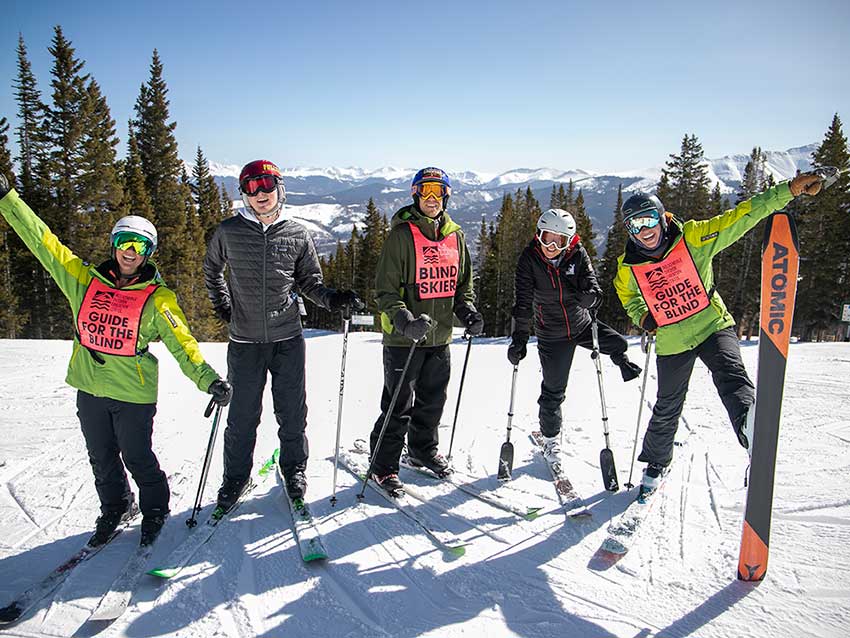
Abbey Dobrota, Owen Cravens, Kyle, Hailey Danz and Lydia pose.
Right from the get go Lydia was clear, calm and confident with her commands and directions. It took a few goes for her not to keep using “and” as a filler word, but she quickly corrected herself and got the hang of it. Pretty soon I was able to shift my mind away from the stress of if my guide could guide and shift my focus to skiing. No matter how many times I ski, bike, run or do anything there’s always that little bit of trepidation lurking in the back of my mind at first if I can totally trust my eyes for the day. Fortunately, I seemed to be able to trust Lydia rather quickly.
Before long we were linking turns and actually flowing, although slowly down run after run. I was being fairly cautious and we were taking easy Blue runs and skiing slowly while my legs continued to get under me. Eventually, Hailey and Owen peeled off to ski a few runs on their own and try to catch sight of Kendall taking her bucket lesson. Lydia, Abbie and I continued skiing and after about an hour total of skiing Lydia gently nudged me to get a little more aggressive and guided me down a couple of harder Blues and then she and Abbie both gently persuaded me to tackle the Blacks on Peak 10. In order to do so we first had to ski back down from the top of Peak 9 and get down to the lift that would take us to 10. We got a little bold and tried skiing some mini bumps and I very quickly devolved into “looking like a train wreck” (at least in my mind. Skiing bumps are challenging. There are two main ways of doing so. You can flatten your ski on top of the bump and then tip your edge up after steering, or you can flow over the top and carve around. Typically in the past I’ve tried the turn atop each bump. However, not having skied in a while, my bump technique was extremely sloppy and I ate snow ever so briefly as we crossed a bump run. But we navigated through and made it down before turning our sights to some nice steep fast Blacks on Peak 10.
We met up with Derick, Owen, Hailey and Barry (The BOEC Marketing guy who was bouncing around taking photos and videos). Then we really began to ski. I felt like my skis were finally under me and Lydia and I had gotten into a great rhythm. Lydia could trust me that I was going to turn, hold, and stop when she said, and I could trust that she wasn’t going to send me off a cliff or get me run over by another skier. (Actually, sorry Lydia, that credit probably should go more to Abbie, LOL.) While I still didn’t feel like I was edging as well as I would like I was flowing, linking turns, and just having a good time. It was a relief to have my mind occupied by a sport that I’d grown up with, that brought me tons of joy, and where there wasn’t any pressure to be the best in the world.
We all did three or four laps on Peak 10 before it was time to start thinking about heading in for the day. We decided that we wanted to try and get over to where Kendall was taking her lesson and try to ski with her. So we made our way over and our last run of the day was cruising down with Kendall, who of course was skiing like a natural and…well, like a multi-time Winter Paralympic medalist.
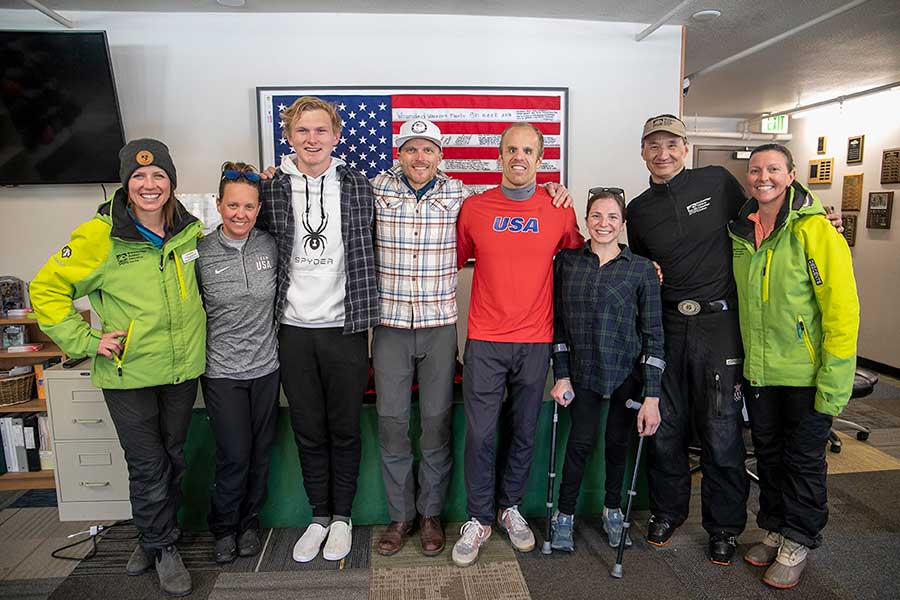
Kyle (fourth from right) poses with his teammates and BOEC staff.
After a solid nearly four hours of skiing, which went by way too fast, it was time to pack up, grab some food and head back to Colorado Springs. We grabbed photos with all of our BOEC hosts, who eagerly invited us back anytime, and then loaded up the van. We grabbed some delicious fried chicken sandwiches and coffee beverages from a cafe, and then started the drive back to the training center.
All in all, it was a day filled with fun and laughter. It was a day where we made new friends at the BOEC. Thank you to Jeff, Lydia, Abbie and Barry for all skiing with us, and making us feel like VIPs. We’ll definitely be back! A very special thank you to Lydia and Abbie for ensuring I could ski with my teammates. I know how stressful and challenging it can be to guide and block for a blind skier and y’all were incredible. Thank you! Next step, earning our turns on skins, and then getting into the backcountry where the real fun begins 🙂
Skiing is one of the most popular adaptive sports out there and there are many incredible organizations who help bring the joy of skiing to people with disabilities. To learn more about these organizations look up online to see if your local ski resort has an adaptive program. They are always looking for volunteers. I’ve been fortunate now to ski with two such incredible organizations in the Breckenridge Outdoor Education center and Challenge Aspen. Thank you all for letting me experience the joy of skiing. Can’t wait until it time to get back out on the slopes with you all the next time!
#eyeronvision
To learn more about and support Kyle Coon – Paralympian, author, and speaker – click here. To read more of Kyle’s posts, subscribe to his newsletter here.


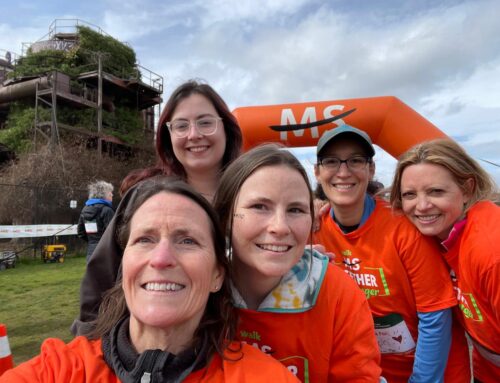
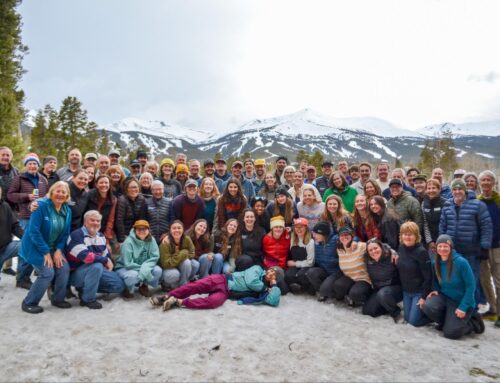

Leave A Comment